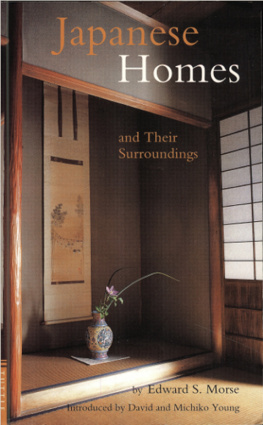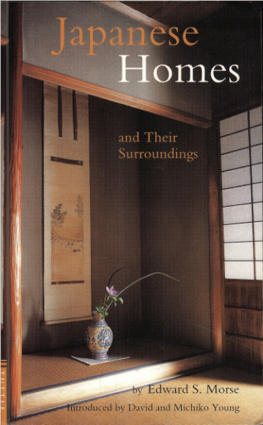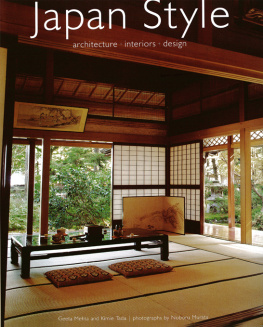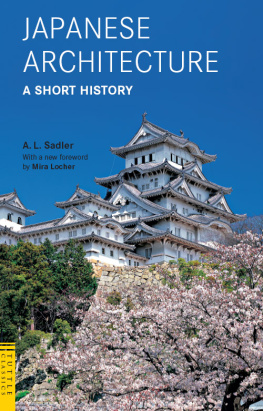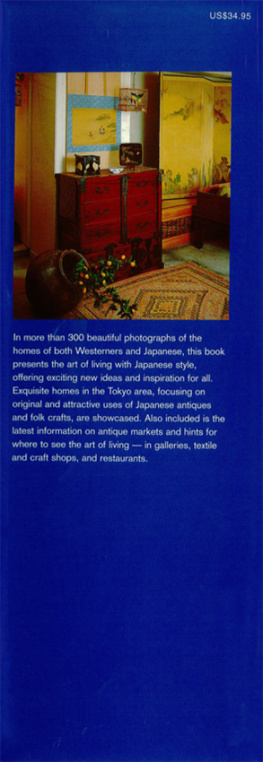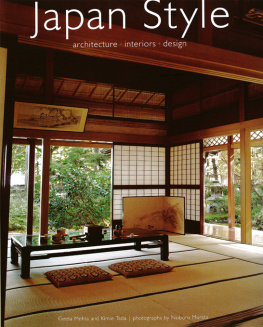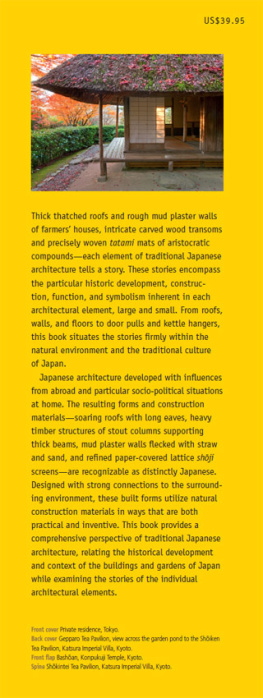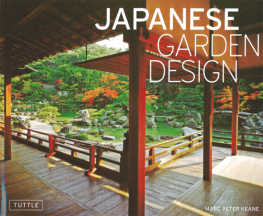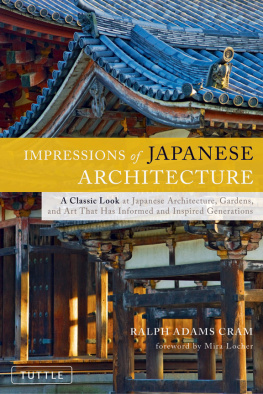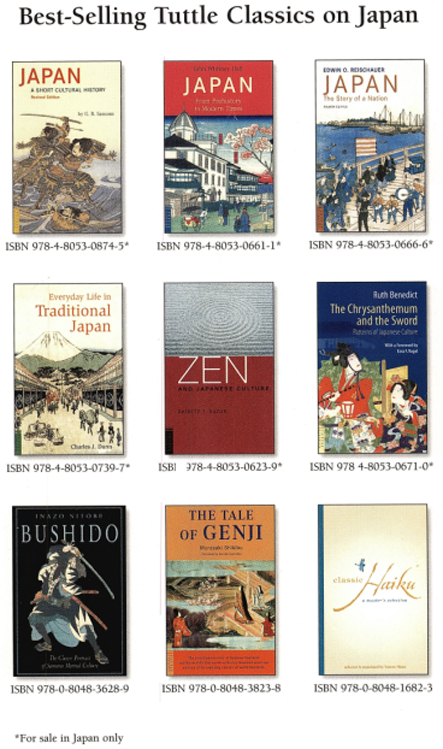
Edward Sylvester Morse (1838-1925), American zoologist, academic, author, museum curator, and imaginative inventor was born in Portland, Maine, the son of a Christian preacher. After an early start as a mechanical draftsman, where he developed a talent for making detailed drawings, he embarked on an academic career in zoology, attracting the attention of Charles Darwin for his discovery that brachiopods are worms rather than mollusks. A visit to Japan in 1877 in search of coastal brachiopods led to an appointment at the newly opened Tokyo Imperial University, where he taught zoology and biology. He opened the study of archaeology and anthropology in Japan with his discovery of the Omori Shell Mounds near Tokyo, and his research on material culture. While in Japan, he authored Japanese Homes and Their Surroundings , illustrated with his own line drawings, and assembled a collection of over 5,000 pieces of Japanese pottery. He also helped develop the Japanese Imperial Museum. On his return to the US in 1880, he took up his life's work as director of the prestigious Peabody Museum in Salem, Massachusetts, and as Keeper of Pottery at the Museum of Fine Arts in Boston. Towards the end of his long career, he was awarded the Second Degree Order of the Sacred Treasure and the Order of the Rising Sun by the Japanese government.
David and Michiko Young, who have written a Foreword to this book, have conducted research on Japanese aesthetics for many years. David Young was born in the United States and spent his childhood in Sierra Leone, West Africa. After obtaining his Ph.D. from Stanford University, he taught anthropology at the University of Alber-ta in Canada before moving to Japan to continue teaching. Michiko (Kimura) Young was born in China and raised in Japan. After graduating from Kyoto Gaidai University, she moved to the United States and then to Canada, where she worked for many years in the international affairs office at the University of Alberta. The Youngs are now retired in the Rocky Mountains of British Columbia. Together they have authored An Introduction to Japanese Architecture (Periplus Editions, 2004), The Art of the Japanese Garden (Tuttle Publishing, 2005), and The Art ofJapanese Architecture (Tuttle Publishing, 2007).
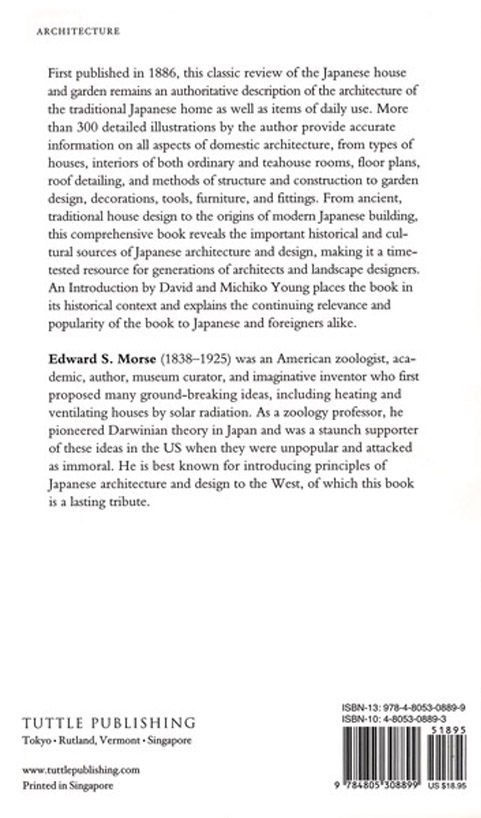
JAPANESE HOMES
AND
THEIR SURROUNDINGS.
CHAPTER I.
THE HOUSE.
APPEARANCE OF CITY AND VILLAGE. GENERAL DESCRIPTION OF HOUSE. HOUSE CONSTRUCTION. FRAMEWORK AND FOUNDATION. BRACING. SELECTION OF STOCK. CONSTRUCTION OF CEILING. PARTITIONS AND WALLS. STRUCTURE OF KURA. JAPANESE CARPENTERS. CARPENTERS' TOOLS AND APPLIANCES.
A BIRD'S-EYE view of a large city in Japan presents an appearance quite unlike that presented by any large assemblage of buildings at home. A view of Tokio, for example, from some elevated point reveals a vast sea of roofs, the gray of the shingles and dark slate-color of the tiles, with dull reflections from their surfaces, giving a sombre effect to the whole. The even expanse is broken here and there by the fire-proof buildings, with their ponderous tiled roofs and ridges and pure white or jet-black walls. These, though in color adding to the sombre appearance, form, with the exception of the temples, one of the most conspicuous features in the general monotony. The temples are indeed conspicuous, as they tower far above the pigmy dwellings which surround them. Their great black roofs, with massive ridges and ribs, and grand sweeps and white or red gables, render them striking objects from whatever point they are viewed. Green masses of tree-foliage springing from the numerous gardens add some life to this gray sea of domiciles.
It is a curious sight to look over a vast city of nearly a million inhabitants, and detect no chimney with its home-like streak of blue smoke. There is of course no church spire, with its usual architectural inanities. With the absence of chimneys and the almost universal use of charcoal for heating purposes, the cities have an atmosphere of remarkable clearness and purity; so clear, indeed, is the atmosphere that one may look over the city and see distinctly revealed the minuter details of the landscape beyond. The great sun-obscuring canopy of smoke and fumes that forever shroud some of our great cities is a feature happily unknown in Japan.
Having got such a bird's-eye view of one city, we have seen them all, the minor variations consisting, for the most part, in the inequalities of the sites upon which they rest. A view of Kioto, for example, as seen from some high point, is remarkably beautiful and varied, as the houses creep out between the hills that hem it in. In Nagasaki the houses literally rise in tiers from the waters edge to the hills immediately back, there to become blended with the city of the dead which caps their summits. A view of Nagasaki from the harbor is one of surpassing interest and beauty. Other large cities, such as Sendai, Osaka, Hiroshima, and Nagoya present the same uniform level of roofs.
The compact way in which in the cities and towns the houses are crowded together, barely separated by the narrow streets and lanes which cross like threads in every direction, and the peculiarly inflammable material of which most of the buildings are composed, explain the lightning-like rapidity with which a conflagration spreads when once fairly under way.
In the smaller villages the houses are stretched along the sides of a single road, nearly all being arranged in this way, sometimes extending for a mile or more. Rarely ever does one see a cross street or lane, or evidences of compactness, save that near the centre of this long street the houses and shops often abut, while those at the end of the streets have ample space between them. Some villages, which from their situation have no chance of expanding, become densely crowded: such for example is the case of Enoshima, near Yokohama, wherein the main street runs directly from the shore, by means of a series of steps at intervals, to a flight of stone steps, which lead to the temples and shrines at the summit of the island. This street is flanked on both sides by hills; and the ravine, of which the street forms the central axis, is densely crowded with houses, the narrowest of alley-ways leading to the houses in the rear. A fire once started would inevitably result in the destruction of every house in the village.


It is a curious fact that one may ride long distances in the country without passing a single dwelling, and then abruptly enter a village. The entrance to a village is often marked by a high mound of earth on each side of the road, generally surmounted by a tree; or perhaps the evidences of an old barrier are seen in the remains of gate-posts or a stone-wall. Having passed through the village one enters the country again, with its rice-fields and cultivated tracts, as abruptly as he had left it. The villages vary greatly in their appearance: some are extremely trim and pretty, with neat flower-plats in front of the houses, and an air of taste and comfort everywhere apparent; other villages present marked evidences of poverty, squalid houses with dirty children swarming about them. Indeed, the most striking contrasts are seen between the various villages one passes through in a long overland trip in Japan.

